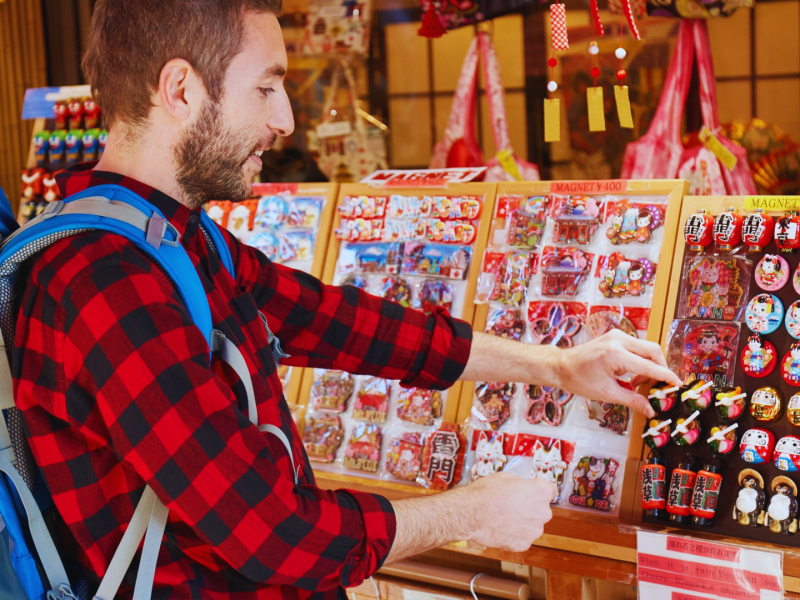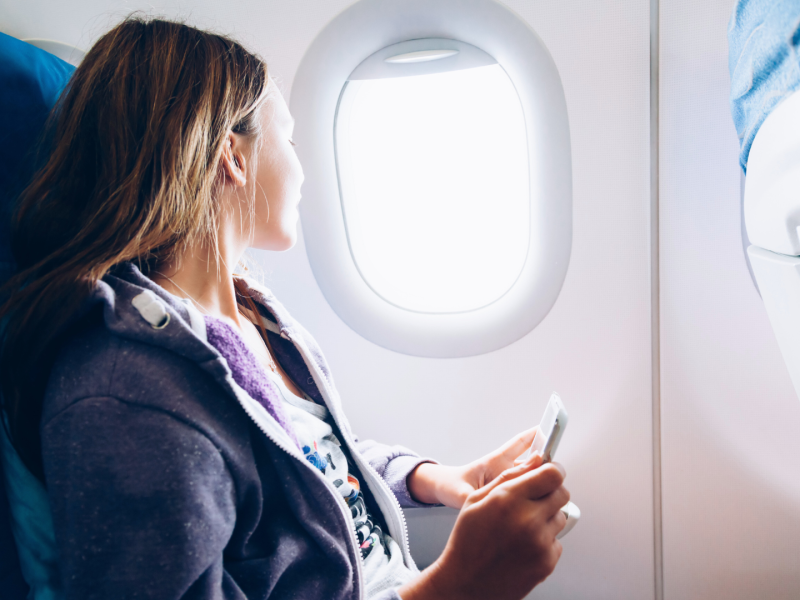Traveling to a new destination can be an exciting adventure, but it often comes with challenges, particularly when dealing with language barriers. Navigating a foreign country becomes more complicated when communication is hindered by unfamiliar languages. The key to overcoming these barriers lies in preparation, utilizing technology, and embracing cultural exchange.
Many travelers underestimate the importance of learning a few key phrases in the local language. Simple greetings or essential questions can create a welcoming atmosphere and foster goodwill with locals. Additionally, employing translation apps or tools allows travelers to communicate more effectively, even in challenging situations.
Embracing the experience can also provide unique opportunities for connection. When faced with a language barrier, travelers can turn to non-verbal communication, gestures, and even drawing to convey their needs. By approaching these challenges with an open mind and creativity, travelers can enhance their experiences and form memorable interactions, making their journey all the more enriching.
Preparing for Language Differences Before Traveling
Effective communication is essential when traveling to a foreign country. Preparation is key for overcoming language barriers, which can significantly enhance the travel experience.
Researching the Local Language
Before traveling, it is vital to research the local language spoken at the destination. Understanding the basic structure and common expressions can provide context for communication. Resources include online articles, travel blogs, and country-specific language guides.
Many countries have regional dialects or variations in language use. Identifying these differences can provide better insight into local customs. Learning about cultural nuances can also assist travelers in interacting respectfully.
Creating a glossary of keywords and phrases can be beneficial. This can include terms related to transportation, dining, and emergency situations. Being familiar with these expressions can ease navigation and foster connections with locals.
Learning Essential Phrases
Familiarizing oneself with essential phrases can greatly facilitate communication. Focus on expressions that are commonly used in everyday interactions, such as greetings, polite words, and questions. For instance, knowing how to ask for directions or order food can make a significant difference.
Utilizing phrasebooks can help in this regard. They provide structured lists of useful phrases, making them easy to reference while on the go. Alternatively, travelers can use language learning apps like Duolingo, Babbel, or Mondly, which offer structured lessons focused on essential communication skills.
Practicing pronunciation is equally important. Many apps include audio features, allowing travelers to hear how phrases should be articulated. This practice can build confidence and improve chances of being understood.
Utilizing Language Learning Tools
Language learning tools can be invaluable when preparing for travel. Language learning apps allow users to study at their own pace and focus on specific areas of interest. With interactive exercises and quizzes, they can effectively reinforce knowledge of vocabulary and grammar.
Pocket dictionaries are another resource. They offer a quick reference for translating words and phrases during a trip. Some apps even provide offline functionality, ensuring access to translations without internet connectivity.
In addition to mobile tools, engaging with online language communities can be beneficial. These platforms can connect travelers with native speakers for practice and advice. Utilizing a combination of technology and traditional methods can ensure a comprehensive approach to language preparation.
Effective Communication Strategies While Abroad
Traveling in a foreign country often presents language challenges. Employing effective communication strategies can help travelers connect better with locals and navigate these situations smoothly.
Using Simple Language and Speaking Clearly
When communicating in a non-native language, simplicity is key. Using basic vocabulary reduces confusion. Travelers should:
- Speak slowly and enunciate words clearly. This assists others in understanding the intended message.
- Avoid slang or idiomatic expressions that may not translate well. Instead, focus on clear and straightforward phrases.
- Practice a few key phrases in the local language. Greetings, polite expressions, and essential requests can greatly enhance interactions.
This approach not only facilitates better conversations but also shows respect for the local culture.
Non-Verbal Communication and Visual Cues
Non-verbal communication plays a crucial role in bridging language gaps. Travelers can utilize:
- Body language to convey messages. Gestures such as pointing or nodding can indicate agreement or direction.
- Visual cues such as maps, pictures, or written words. This can clarify complex requests or instructions.
- Facial expressions are used to express emotions. A friendly smile often transcends language barriers and creates a welcoming atmosphere.
Effective use of these elements can foster better understanding and connection with locals.
Seeking Help From Locals and Guides
Engaging with locals can be one of the best strategies for overcoming language barriers. Travelers should:
- Ask a local for assistance when needed. Many locals appreciate the opportunity to help and may offer valuable insights.
- Utilize local guides. Guides often have experience communicating with travelers and can bridge language gaps effectively.
- Be friendly and approachable. A warm demeanor encourages locals to assist and engage in conversation.
By reaching out and being open to help, travelers can enrich their experience and navigate challenges more effectively.
Technology Solutions to Overcome Language Barriers
Utilizing technology can greatly enhance the travel experience by providing effective solutions to language barriers. Key tools include translation apps and digital phrasebooks, which offer instant access to necessary phrases and word translations.
Translation Apps and Digital Phrasebooks
Translation apps have revolutionized communication for travelers. Popular options like Google Translate, iTranslate, and DeepL provide real-time translation of text, speech, and even images. These apps can translate over a hundred languages, making them versatile tools for almost any trip.
Users can type, speak, or even scan menus and signs for instant comprehension. Many apps also offer offline capabilities, ensuring access when internet connections are unreliable. Additionally, personalized phrasebooks can be created, allowing travelers to save essential phrases tailored to their needs.
These tools empower travelers to engage more fully with local cultures and navigate their environments with confidence.
Understanding and Respecting Cultural Differences
Navigating cultural differences is essential for a successful travel experience. It enables travelers to connect meaningfully with locals and enhances communication, even amidst language barriers.
Cultural Sensitivity and Openness
Cultural sensitivity involves recognizing and valuing the diverse customs and practices encountered while traveling. It requires an openness to learn about cultural differences and practices that may differ significantly from one’s own.
Travelers can demonstrate this sensitivity by observing local customs, such as greeting styles or dining etiquette. Engaging with locals using a few phrases in their language can enhance mutual respect.
Additionally, being aware of gestures and body language is vital, as these can vary widely between cultures. Misinterpretations can lead to misunderstandings, so travelers should research these aspects before their trip.
Ultimately, a respectful approach fosters better interactions and enriches the travel experience.



